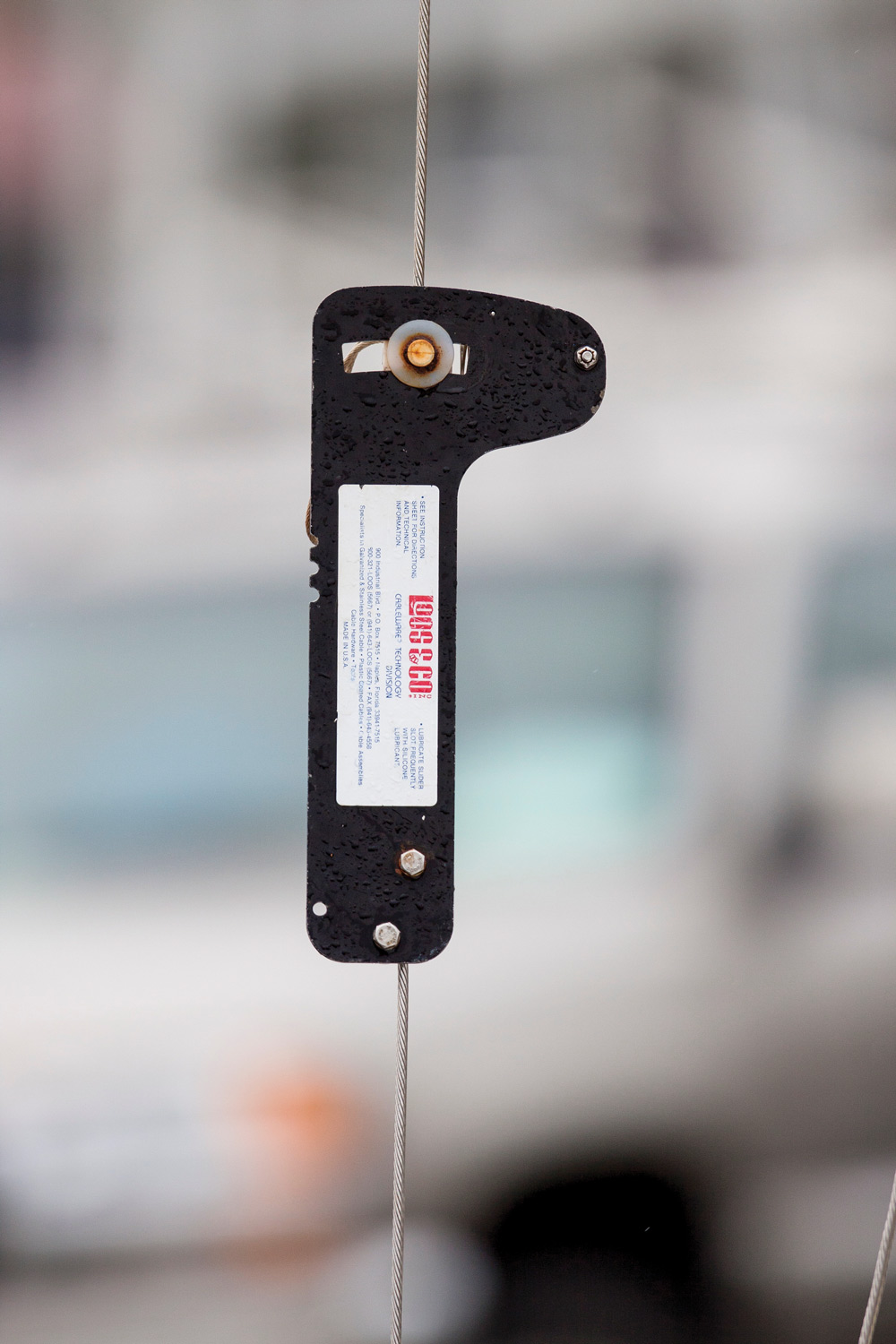Rig tuning 101
Rig tuning isn’t just about maximizing performance, although that’s a nice benefit to a properly tuned rig. At its most basic level, a tuned rig will make your sails more efficient, prevent damage and help you get more life out of your equipment.
Rig tuning procedures don’t vary tremendously depending on the size of the boat, but this is a good procedure for a boat less than 30 feet long.
Before you step the rig, check the shrouds, stays and pins for wear and make sure that any lights or electronics are connected properly. Also tape all pins and cotter keys before the mast goes up. It’s much easier to do these things standing rather than once the rig is up.

Step the mast and hand tighten the headstay, backstay and shrouds to keep it upright while you tune. The headstay should be preset to the length recommended by the manufacturer or class rules, but if you don’t have this information, estimate the length and fine tune the adjustment later with an eye toward getting the proper rake. Then center the mast vertically. If you have a low-stretch or wire main halyard you can use that to measure to the same point on each chainplate or sheerline and adjust shroud tension to center the mast tip. A long tape measure hoisted to the top of the mast can be used for a more precise measurement.
Next, tighten the shrouds, starting with the uppers. Take up the same number of turns on each side, then check the measurement with a tension gauge. Again, consult the owner’s manual or class rules for a recommended tension. You’ll need to go back and forth on each side of the boat checking and double checking to make sure you achieve the proper tension that is the same on each side. After you have the uppers set, double check your mast tip measurement to make sure the rig is still centered.
Now take a look up the mast to check that it is in column. Stand aft of the main and look directly up the mainsail track. If there are lateral curves, tighten the lower shroud to correct them. Once the mast is in column, use equal turns to tighten the lower shrouds to the manufacturer’s recommendation and check with the gauge. Keep in mind that tension on the lower shrouds will affect mast rake.
When you’re finished adjusting the shrouds make sure to tape all the pins. If the boat has an adjustable backstay you’ll be fine-tuning that as you sail, but if it has just a turnbuckle, adjust it to the appropriate tension and make a note as you sail so you can fine-tune that adjustment the next time you go out.

Comments